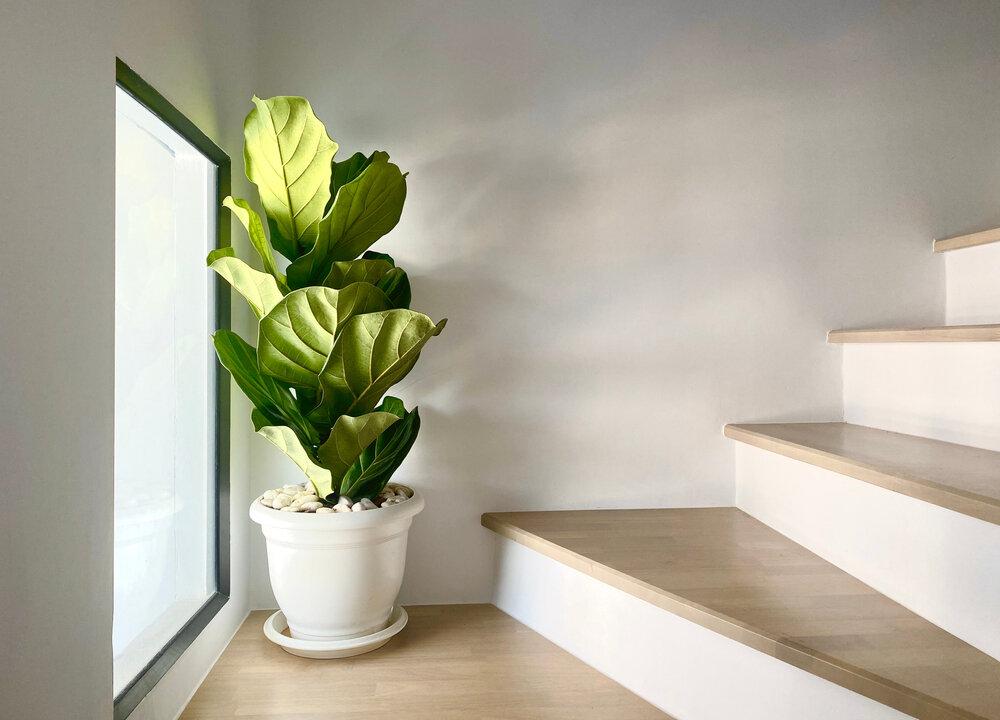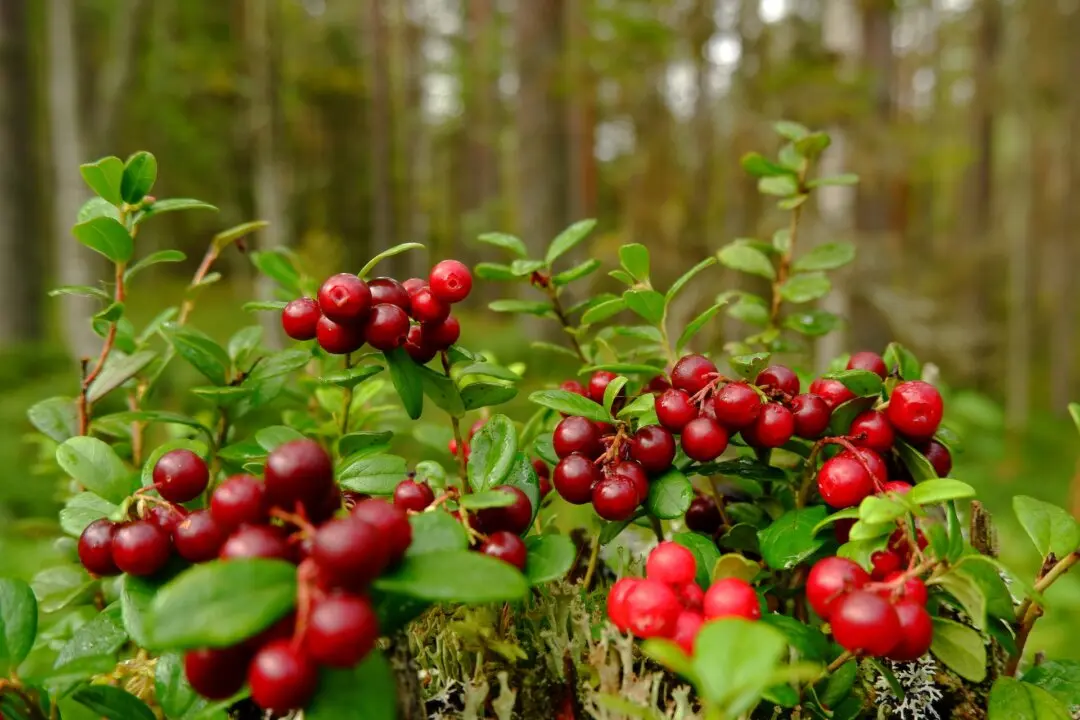Let’s start today’s article with a one-question quiz. When it is growing in nature, is the common houseplant fiddle leaf fig, Ficus lyrata, A) a tropical tree; B) an epiphyte that grows on the branches of another tree; C) a killer plant that strangles other plants; or D) all of the above?
The answer is D, all of the above. In nature, fiddle leaf figs often start out as epiphytes growing in the upper branches of other trees. They send roots down the trunk and into the ground. They eventually kill the other tree and take its place. In the wild, they can reach 40 to 50 feet tall, but indoors in a pot, they grow slower and may only reach 10 feet tall. There are several shorter varieties, such as bambino and compacta. There is also a variegated form with white and green leaves.





